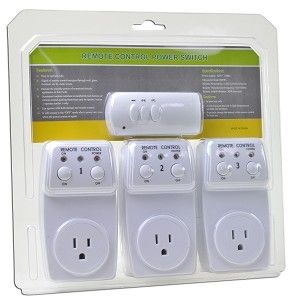I want to control multiple baseboard heaters in my house, but I don't want to put a raspberry pi connected to a solid state relay behind each baseboard heater, or even connect it to the thermostat, as the raspi is rather large and it requires a clunky power adapter. Is there a wireless/bluetooth/RF solid state relay which also gets powered by the AC line (208V)? I will have sensors all over the house, I just want to be able to send an ON or OFF signal to these solid state relays without having to have miles of cabling
EDIT: I essentially want to build something like this product, but connecting to the baseboard using wires rather then an electric outlet, and being able to communicate to it through a computer. Also, I don't believe these guys need any other power source (ie. batteries)


